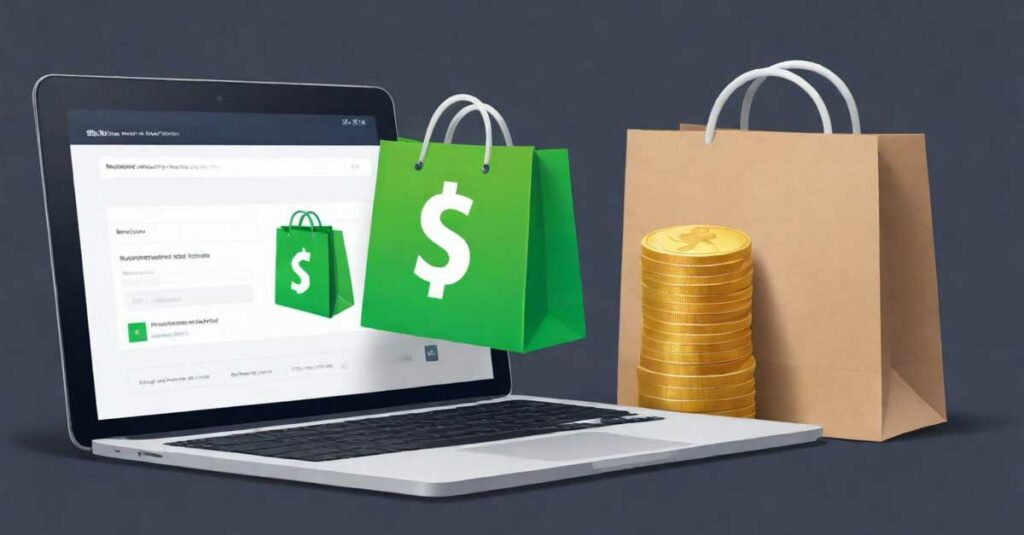The holiday shopping season came amid economic ambiguity and inflation, but it still succeeded. An impressive 77% of consumers actively joined the shopping rush. Sales on retailers’ websites and apps from November 1 to December 31 experienced a rise of 5% as compared to 2022, reaching an unprecedented $222.1 billion.
In this piece, we reveal five major takeaways ready to shape the retail environment in 2024 and beyond.
Top 5 Takeaways From the 2023 Holiday Shopping Season
1. Mobile Shopping Dominates
$2.2 trillion in mobile commerce transactions signifies a strong inclination towards convenient shopping while on the go. Statista projects this to reach $3.4 trillion by 2027, emphasizing the continuous dominance of mobile shopping.
Early in 2023, smartphones reigned supreme, comprising an astounding 74% of worldwide retail site activity and a remarkable 63% of eCommerce transactions.
For retailers, a vital mobile presence is now non-negotiable. Retailers must align with dynamic customer expectations, embracing a spectrum of mobile-first tactics to gain a competitive advantage.
2. Early Shopping with Promotions/Deals/Early Access
A noticeable shift occurred in the timing of holiday shopping, as reported by McKinsey, with 40% of consumers kicking off their festive purchases in November, up from 35% in 2022. This shift from the conventional October start signifies a trend where consumers aim to strike a balance between early shopping and maximizing available deals.
Amazon, for instance, launched its pre-Black Friday discounts on November 17, leveraging the momentum from its second Prime sale that began on October 10. Walmart entered the competition with its Holiday Kick-off deals from October 9, seeking to rival Amazon’s supplementary Prime sales.
3. The Rise of BNPL Services
According to Adobe Analytics, BNPL usage rose, making a staggering contribution of $940 million in online spending on Cyber Monday.
Interest from nearly half of the US population shows a big increase in BNPL popularity. This suggests an important change in how consumers pay and makes clear that the BNPL market is a key option, with a value of more than $150 billion.
BNPL attracts customers by offering flexibility. It lets them divide payments into smaller, more manageable parts.
Retailers have found that BNPL is a powerful means to increase sales and improve customer loyalty. By providing a convenient and adaptable payment choice, they have attracted a larger clientele, thereby raising the average order value. Significantly, BNPL has effectively reduced rates of cart abandonment, as shoppers display a greater inclination to finalize a purchase when presented with the opportunity to pay in installments.
4. Social Media Influences Purchasing Decisions
Social media, particularly platforms such as TikTok and Instagram, exerted a substantial influence on consumers’ shopping preferences during the holiday shopping season.
Sideqik’s research underlines the major effect that social media influencers have on buying choices. 7 out of 10 consumers trust their suggestions as much as opinions from friends. It is also important to note, especially among younger individuals who use social media, that this influence stands out prominently; where 54% of people between the ages 18 to 29 state that influencers hold an important role in guiding their purchase decisions.
Social media has transformed into a prominent platform for consumer research, surpassing its mere marketing function. As shoppers navigate their decision-making process, they increasingly rely on social media reviews and recommendations, considering their vital elements. The abundance of “unboxing” videos and product reviews on platforms such as YouTube and Instagram grants consumers a more intimate and genuine outlook on products, endowing them with the ability to make well-informed choices.
5. Sustainability Takes Center Stage
Sustainability is more than a passing trend, it’s a mindset shift. Consumers are progressively mindful of their purchases and actively pursue brands that align with their principles. A survey conducted by Deloitte revealed that 73% of consumers would modify their consumption patterns to mitigate their environmental impact. This isn’t for attracting customers but also to retain them. As the number of individuals recognizing the effects of their consumption decisions increases, they will keep looking for sustainable options.
Companies prioritizing sustainability may have a better likelihood of retaining their customers over time, compared to those only paying lip service.
Additionally, sustainability can yield advantageous financial outcomes for corporations. Through the integration of sustainable protocols, companies can curtail expenditures on essential resources such as energy, water, and waste management. Moreover, they can attract investors who place a high value on sustainable strategies. The Global Sustainable Investment Alliance has reported a steadfast rise in sustainable investments over the last ten years, with an astounding total of $30 trillion as of 2023.
Wrapping Up — How Ignitiv Can Help?
Businesses positioning themselves for lasting success in the evolving eCommerce scene must swiftly adjust to shifting consumer trends, prioritize sustainability, and harness innovative technologies. The insights drawn from the holiday season will guide them forward and offer strategies to flourish amidst changing consumer preferences.
Elevate your customer experience with Ignitiv, your partner of choice in the experience economy. With a dynamic blend of strategy, technology, design, and AI expertise, we’re here to help you deliver transformative experiences for your customers. Explore our professional services in Composable Commerce to ignite your brand’s potential. Contact us to begin the journey of creating unparalleled customer experiences.








